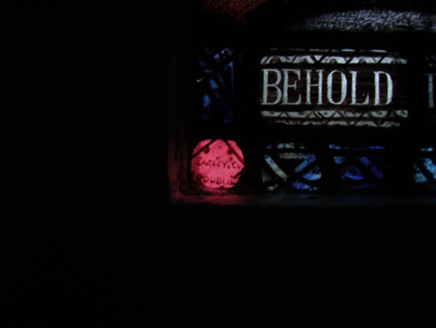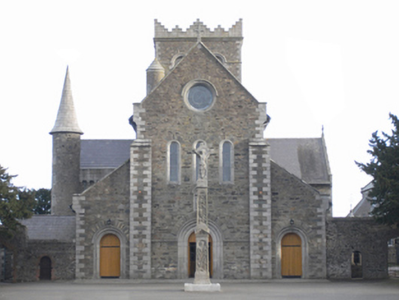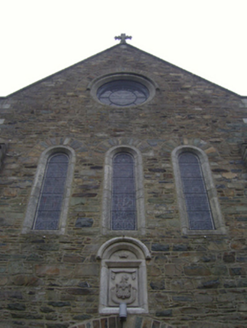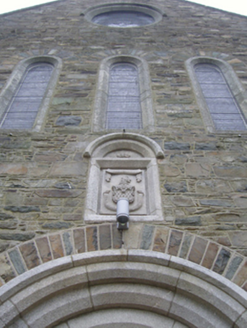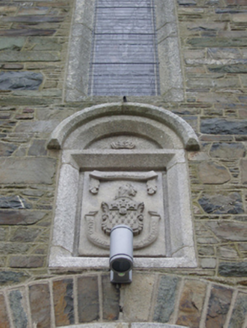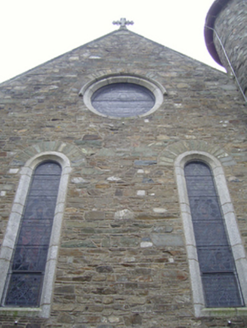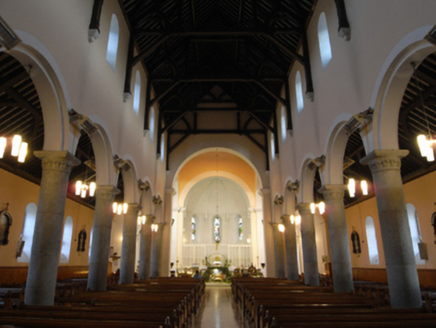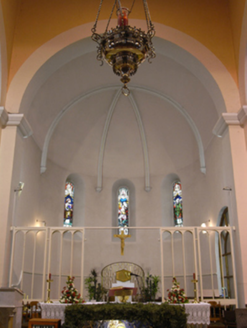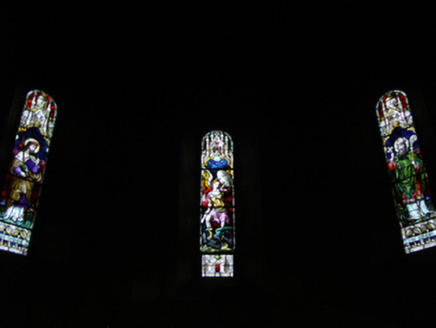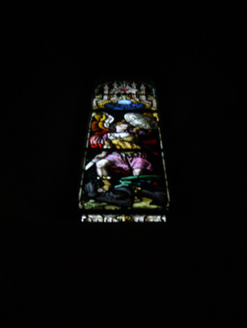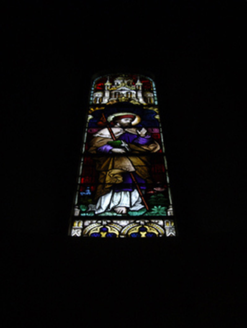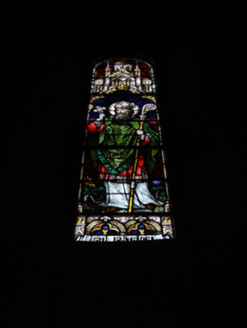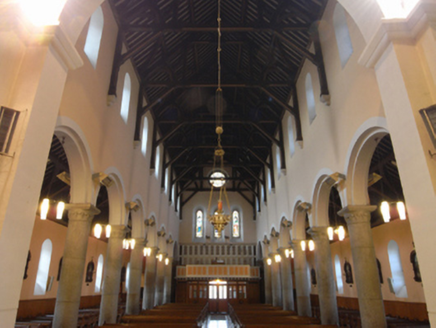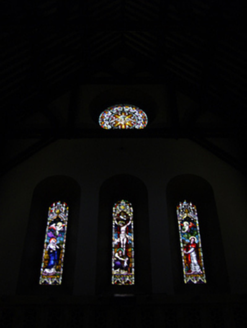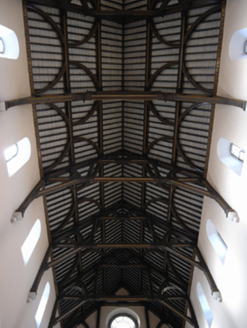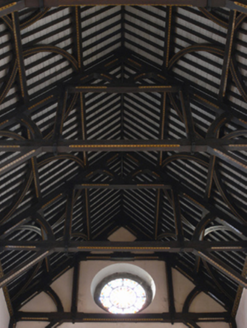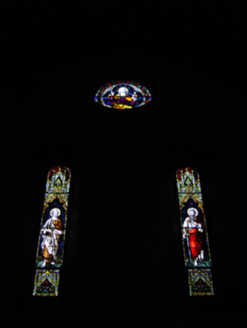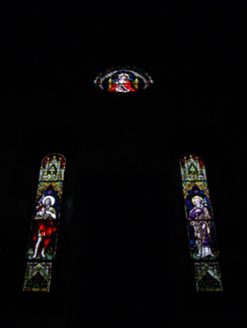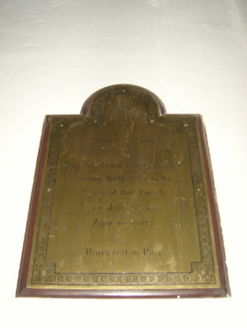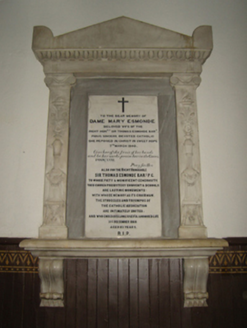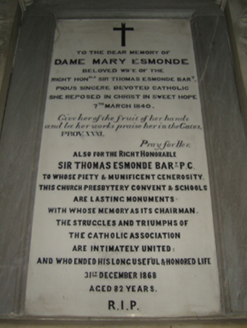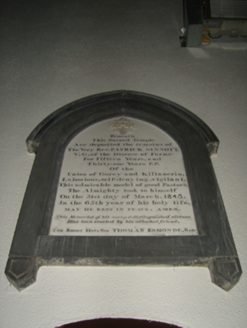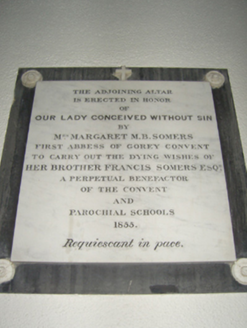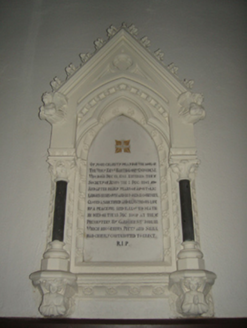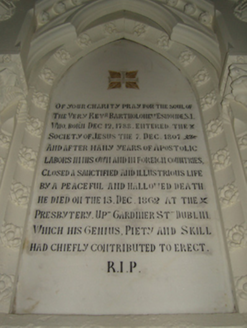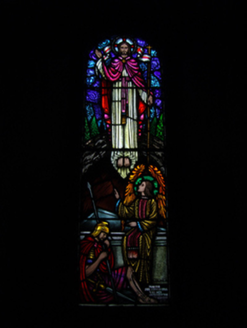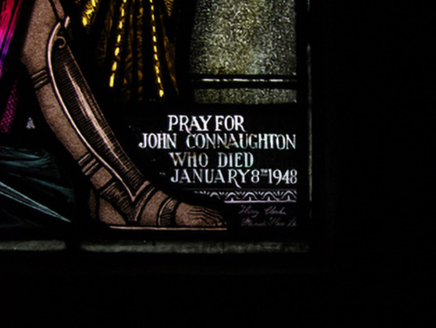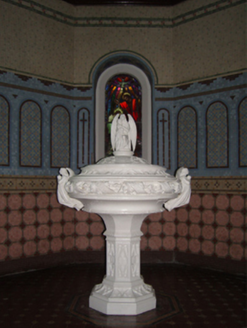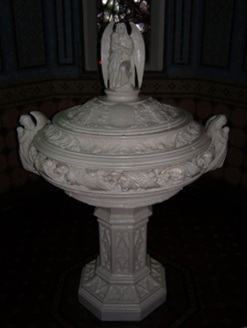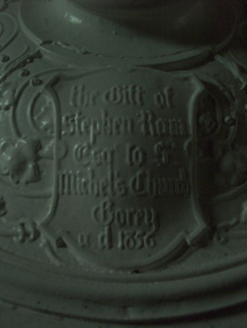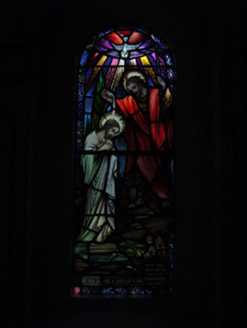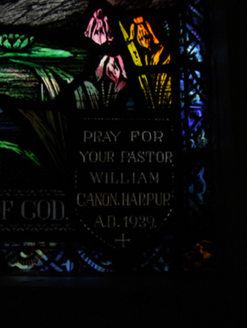Survey Data
Reg No
15601096
Rating
National
Categories of Special Interest
Architectural, Artistic, Historical, Social, Technical
Previous Name
Saint Michael's Catholic Church
Original Use
Church/chapel
In Use As
Church/chapel
Date
1835 - 1845
Coordinates
315734, 159519
Date Recorded
07/06/2005
Date Updated
--/--/--
Description
Detached nine-bay double-height Catholic church, designed 1839; built 1839-42; dedicated 1843, on a cruciform plan comprising seven-bay double-height nave opening into seven-bay single-storey lean-to side aisles; single-bay (single-bay deep) double-height transepts centred on single-bay three-stage tower to crossing with single-bay double-height apse (east) on a bowed plan. Renovated, 1973, with sanctuary reordered. Pitched slate roofs on a cruciform plan; lean-to slate roofs (side aisles) with half-conical slate roof (apse), lichen-covered ridge tiles, cut-granite coping to gables on cut-granite "Cavetto" kneelers with Cross finials to apexes, and cast-iron rainwater goods on exposed timber rafters retaining cast-iron downpipes. Part repointed tuck pointed coursed rubble stone walls with hammered granite flush quoins to corners; part repointed tuck pointed coursed rubble stone surface finish to entrance (west) front with buttress piers to corners having cut-granite "slated" coping. Round-headed window openings (clerestorey) with cut-granite surrounds having chamfered reveals framing fixed-pane fittings having stained glass margins centred on square glazing bars. Round-headed window openings (side aisles) with cut-granite surrounds having chamfered reveals framing fixed-pane fittings having stained glass margins centred on square glazing bars. Paired round-headed window openings (transepts) with "Rose Windows" to gables, cut-granite surrounds having chamfered reveals framing storm glazing over fixed-pane fittings having leaded stained glass panels. Round-headed window openings (apse) with cut-granite surrounds having chamfered reveals framing storm glazing over fixed-pane fittings having leaded stained glass panels. Round-headed door opening to entrance (west) front below date stone-embossed cut-granite coat-of-arms ("1839"), cut-granite surround having chamfered rebated reveals with hood moulding framing timber boarded double doors having overpanel. Grouped round-headed window openings with "Rose Window" to gable, cut-granite surrounds having chamfered reveals framing storm glazing over fixed-pane fittings having leaded stained glass panels. Round-headed door openings (side aisles), cut-granite surrounds having chamfered rebated reveals with hood mouldings framing timber boarded double doors having overpanels. Interior including vestibule (west) retaining terracotta tiled floor; square-headed door openings into nave with glazed timber panelled double doors; full-height interior open into roof with timber panelled choir gallery (west) on a T-shaped plan below stained glass "Trinity Window" (----),central aisle between timber pews, round-headed arcades on cut-granite drum pillars, exposed strutted Queen Post timber roof construction on cut-granite corbels with pointed-arch wind braced rafters to timber boarded ceiling on timber cornice, round-headed arches to crossing including round-headed chancel arch framing stepped dais to sanctuary (east) reordered, 1973, with pierced quatrefoil-detailed cut-veined white marble Gothic-style altar below stained glass windows (----), timber boarded wainscoting to side aisles supporting timber dado rail, Romanesque-style timber stations between frosted glass windows, exposed pointed-arch wind braced rafters to timber boarded ceilings on chevron- or saw tooth-detailed timber cornice with chevron- or saw tooth-detailed timber beams on cut-granite corbels, and Romanesque-style timber panelled confessional boxes to transepts below stained glass windows (----). Set back from street in landscaped grounds.
Appraisal
A church erected to a design by Augustus Welby Northmore Pugin (1812-52) representing an important component of the built heritage of County Wexford with the architectural value of the composition, 'the most important Romanesque-style building of Pugin's career [and one] with specific Irish references such as the round tower-type tourelle' (O'Donnell 1995, 144), confirmed by such attributes as the cruciform plan form, aligned along a liturgically-correct axis; the construction in 'a dark slatey limestone' offset by silver-grey County Wicklow granite dressings not only demonstrating good quality workmanship, but also producing a sober two-tone palette; the slender profile of the openings underpinning a restrained Romanesque theme; and the crow stepped battlements embellishing the crossing tower as a familiar eye-catcher in the landscape. Having been well maintained, the elementary form and massing survive intact together with substantial quantities of the historic or original fabric, both to the exterior and to the arcaded interior reordered (1973) in accordance with the liturgical reforms sanctioned by the Second Ecumenical Council of the Vatican (1962-5) where contemporary joinery; a much modified altar ascribed to Michael Kirwan (d. 1867) of Dublin (Catholic Directory and Annual Register 1845, 235); stained glass attributable to Franz Mayer and Company (founded 1847) of Munich and London with later stained glass signed by Harry Clarke Stained Glass Studios (closed 1973) and Earley Studios Limited (closed 1975); and wall monuments commemorating Sir Thomas Esmonde (1786-1868) of Ballynestragh and Reverend Bartholomew Esmonde (1788-1862), all highlight the artistic potential of the composition: meanwhile, an exposed timber roof construction pinpoints the engineering or technical dexterity of a church forming part of a self-contained group alongside an adjacent presbytery (see 15601102) and parochial house (see 15601101) and the Pugin-designed Loreto Convent (see 15601097) with the resulting ecclesiastical ensemble making a pleasing visual statement in Saint Michael's Road.
